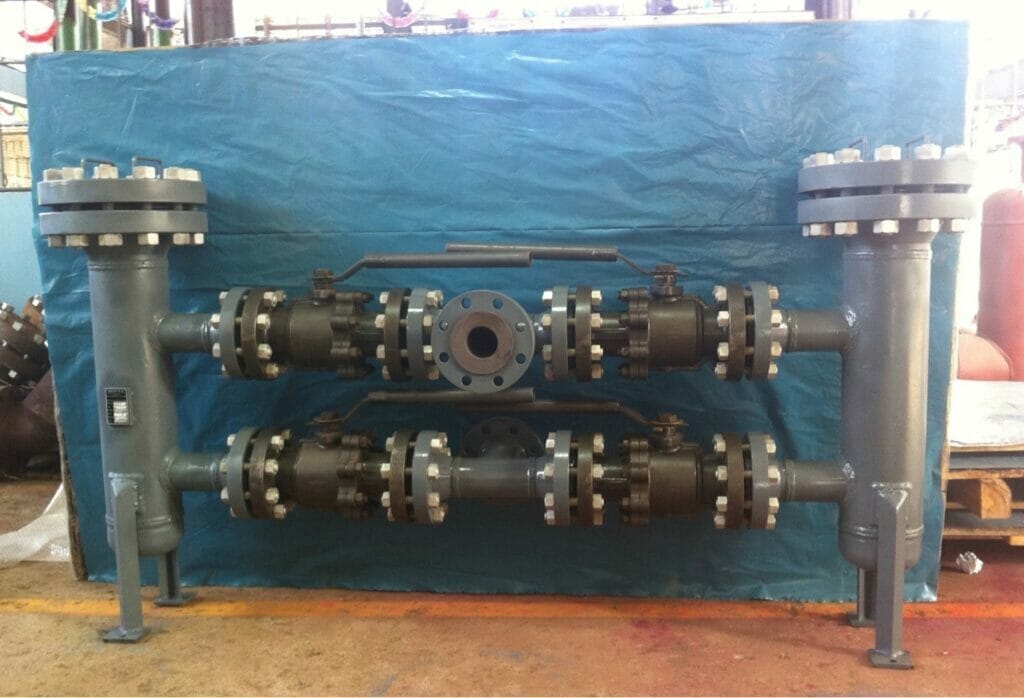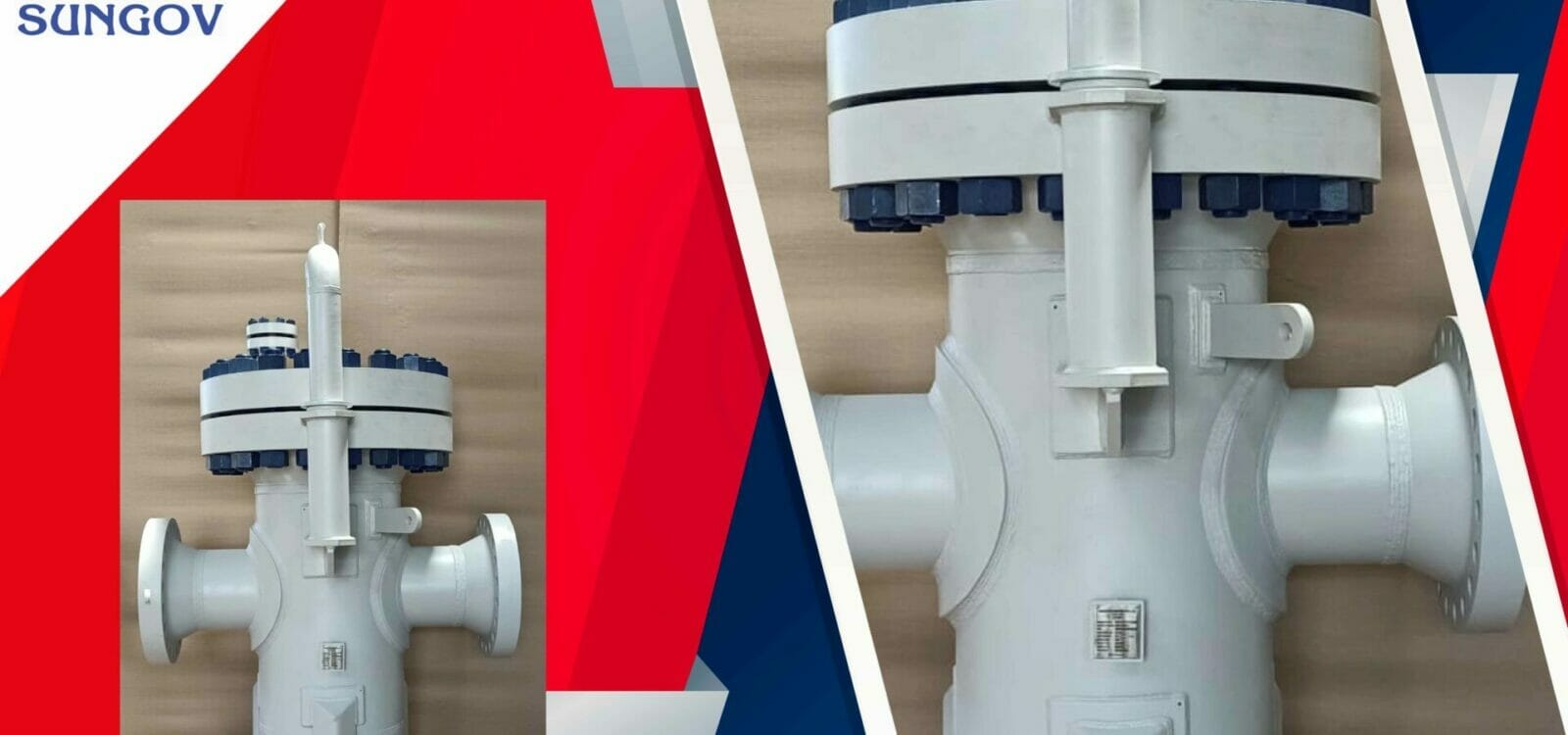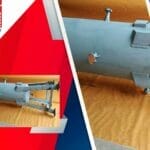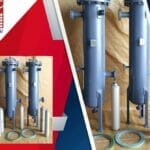The industrial filtration realm is ever-evolving and the two rightful contenders at the fluid flow processes are the Duplex Strainers and the Simplex Strainers. These unassuming yet indispensable devices, often referred to as basket filter strainers, form the bedrock of fluid purification, ensuring the integrity of pipelines and equipment across various sectors.
But here’s a question that is always in the minds of manufacturers: which of these filtration titans truly hold the key to optimized performance and ease of maintenance? In this blog, we embark on a comparative analysis of Duplex Strainers versus Simplex Strainers. While we unravel the layers of this mild controversy, we will also delve into the nuances that may just redefine your perspective on efficient fluid management. So, whether you’re well-versed in filtration systems or just dipping your toes into this intricate world, this blog will help you understand the fluid flow process better and help you work towards the ultimate goal: seamless and uninterrupted flow.
What are Duplex Strainers?

Duplex strainers, better known as twin basket strainers, are mechanical filtration devices that are used in fluid management systems. They help in removing solid particles and debris from liquids. They consist of two parallel strainer baskets or chambers, typically made of a perforated or mesh-like material, and are designed to work in conjunction with each other. The operation of duplex strainers is based on a duplex valve system, which allows a continuous flow of fluid even during maintenance or cleaning.
How do the Duplex Strainers work?
The fluid enters the strainer housing and flows through the first strainer basket. The perforations or mesh in the basket capture solid particles and debris, preventing them from moving further downstream.
Over time, the first strainer basket will accumulate debris and become clogged. To ensure uninterrupted flow, the system operator can switch the flow path using the duplex valve. This diverts the fluid flow to the second strainer basket, while the first one can be removed for cleaning or replacement.
The clogged strainer basket is taken out, cleaned thoroughly, and reinstalled. Alternatively, if the basket is damaged or beyond repair, it can be replaced with a new one. The duplex valve is then switched back to its original position, redirecting the fluid flow through the freshly cleaned or newly replaced basket.
What are the advantages of using Duplex Strainers?
Continuous Flow: The duplex valve system allows for uninterrupted flow of the fluid during maintenance, ensuring minimal downtime and optimal system operation.
Enhanced Filtration Efficiency: With two strainer baskets working together, duplex strainers offer greater filtration capacity and can capture smaller particles, resulting in improved fluid quality.
Extended Maintenance Intervals: As duplex strainers can handle higher volumes of contaminants before requiring cleaning or replacement, they reduce the frequency of maintenance tasks.
Cost-Effectiveness: By minimizing system downtime and extending maintenance intervals, duplex strainers can lead to cost savings in the long run.
Protection of Equipment: Efficient removal of solid particles helps protect pumps, valves, heat exchangers, and other sensitive equipment from damage and premature wear, prolonging their lifespan and reducing maintenance costs.
Versatility: Duplex strainers can be used in various industries, including oil and gas, petrochemicals, water treatment, food processing, and more, due to their ability to handle different fluids and particle sizes.
What are Simplex Strainers?
Simplex strainers, also known as single-basket strainers, are another type of mechanical filtration device used in fluid management systems. Unlike duplex strainers, simplex strainers have only one strainer basket or chamber for capturing solid particles and debris from liquids. These strainers are relatively simpler in design and operation but are still effective in improving fluid management efficiency.
How does the Simplex Strainer work in efficient fluid management?
The fluid flows through the inlet of the simplex strainer and enters the single strainer basket. The strainer basket is typically made of a perforated or mesh-like material that traps solid particles and debris, preventing them from passing through and causing potential issues downstream.
As the fluid passes through the strainer, solid particles are collected within the basket. Over time, the basket becomes clogged with debris, which can lead to pressure drop, reduced flow rate, and increased stress on the equipment.
To maintain optimal fluid flow and pressure, periodic maintenance is required for the simplex strainer. The operator must manually shut down the flow to the strainer, isolate it from the system, remove the clogged strainer basket, clean or replace it, and then reassemble the strainer back into the system.
What are the advantages of the Simplex Strainers?
Cost-Effective Solution: Simplex strainers are generally more affordable than duplex strainers due to their simpler design, making them a cost-effective option for filtration needs in certain applications.
Easy Installation: The simplicity of the design allows for easy installation, which is advantageous when space is limited or when retrofitting existing systems.
Effective Particle Removal: Despite having a single strainer basket, simplex strainers are effective in capturing solid particles and debris, safeguarding downstream equipment and maintaining fluid quality.
Versatility: Simplex strainers can be used in a wide range of industries and applications, including water treatment, industrial processes, and pipelines, where the flow can be temporarily interrupted for maintenance without causing significant disruptions.
Customizable Filtration: Strainer baskets can be customized with different mesh or perforation sizes to suit specific filtration requirements and particle sizes.
The Duplex Strainers or the Simplex Strainers
Which is better for your filtration requirement?
The choice between a Duplex strainer and a Simplex strainer depends on the specific requirements and constraints of the fluid management system and the application in question. Both types of strainers have their advantages as discussed earlier, and are suitable for different scenarios. Here are some factors to consider when deciding which type is better for your fluid flow process:
Filtration Capacity: Duplex strainers typically have two strainer baskets, which means they can hold more debris before needing maintenance. If the fluid flow needs to be uninterrupted for extended periods, a Duplex strainer is a better choice.
Continuous Flow: Duplex strainers offer continuous flow even during maintenance, as one strainer basket can be taken out for cleaning or replacement while the other remains in service. If maintaining continuous flow is critical for your application, then a Duplex strainer may be a more viable option.
Maintenance Downtime: Simplex strainers require the flow to be shut off during maintenance, which could cause interruptions in certain applications. Duplex strainers, on the other hand, can minimize downtime and allow for smoother maintenance procedures.
Cost: Simplex strainers are generally more affordable than Duplex strainers due to their simpler design and fewer components. If budget is a constraint, then a Simplex strainer can work for your process.
Space Limitations: Duplex strainers require more space due to its dual-basket design. In situations where space is limited, a Simplex strainer can turn out to be a more practical choice.
Filtration Precision: Both types of strainers can effectively remove solid particles, but Duplex strainers may offer slightly higher filtration capacity and finer particle removal due to their dual-basket configuration.
System Requirements: Consider the specific needs of the fluid management system, including flow rates, pressure, temperature, and the type of contaminants that need to be filtered.
Sungov Engineering can help your process in achieving a top-end filtration performance. Find out how our engineers can assist you to accomplish transformative benefits for your industrial filtration process. Call us today!




